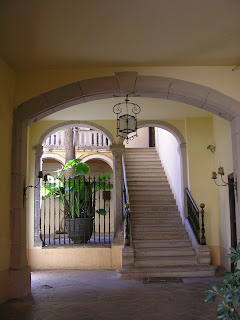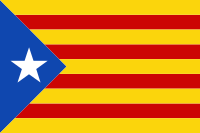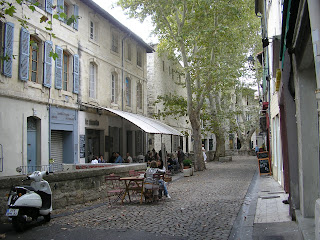 |
| At home |
When I wished him a Merry Christmas, someone, who should have known better, started to wish me a Merry Christmas back,
but then corrected himself, Oh, but you don’t celebrate Christmas.
In fact, I have always celebrated Christmas. My family had a Christmas tree every year
when I was growing up, and throughout their lives, we always exchanged gifts at
Christmas. When I was married to Joe, a
lapsed Catholic, I would have a tree.
I also light candles for Chanuka and usually make
latkes. I send Chanuka cards to friends
who celebrate it, and more generalized holiday cards to others. I’ve even made my own holiday cards. I like celebrating holidays and Christmas is
one that is hard to avoid if you live in the western world. I don’t celebrate the religious meaning of
Christmas (nor of Chanuka, for that matter).
But as an enjoyable winter holiday with good food, gifts, cards and
letters to friends I haven’t seen for some time, and sentiments of peace and
goodwill, it works for me.
Since coming to Catalunya, I have adopted the caganer as my one and only Christmas
ornament. The caganer (shitter) is the uniquely Catalan figure that squats and
shits somewhere in most people’s nativity scenes at home as well as in many
shop windows and that, for me, is the most endearing characteristic of the Catalans. A people that has invented a little
figure smoking and shitting and puts him near the figure of the baby Jesus when they celebrate Christmas, is a people that
deserves its own independent state. A caganer is also often included in public
nativity scenes, as in the one put up by the City Hall of Barcelona in the
Plaça Sant Jaume. Not surprisingly, it
is never included in nativity scenes at churches. Mine doesn’t sit in a crèche, it just sits on
the shelf.
I have read about the caganer but no one seems to know how it originated. They say it represents the Catalan character:
a wee bit irreverent, unpretentious and down-to-earth, with a trace of
humor. This also works for me.
But he who thought I don’t celebrate Christmas
was right in one way. Christmas is not
a holiday you can celebrate alone, and this year, I didn’t really celebrate. I did make a slightly fancier lunch than
usual and bought myself a nice pastry, drank better wine, and ate torró, the Catalan
Christmas candy. But lunch was in front
of the television, as usual, watching the midday news. Eventually, I took the caganer for a walk around town.
Bon Nadal!
Bon Nadal!
 |
| On La Rambla |
 |
| At the Dali Museum |





































































